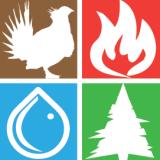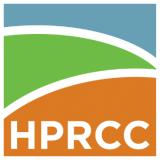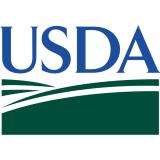Northern Plains Drought Update & Outlook - Tribal Webinar: May 26, 2021
Drought in the Northern Plains continues to worsen, and widespread impacts are being felt, including impacts on tribal lands in the region. In order to provide up-to-date information on the drought and its impacts, and associated resources for tribal nations, the National Oceanic and Atmospheric Administration (NOAA), U.S. Geological Survey, and U.S. Department of Agriculture (USDA) have partnered to host a drought webinar series this summer specifically for the tribal nations in the Northern Plains.
The first Northern Plains Drought Update & Outlook Tribal Webinar in this series included an update on the current drought situation and outlook for the summer, an overview of drought impacts and actions being taken on the Standing Rock Sioux Tribe in North and South Dakota, and an update on the current wildfire situation and coordination efforts.
Key Partners
This webinar was organized by the NOAA National Integrated Drought Information System (NIDIS), USGS North Central Climate Adaptation Science Center, NOAA National Centers for Environmental Information (NCEI) Regional Climate Services, High Plains Regional Climate Center, and USDA Northern Plains Climate Hub.






